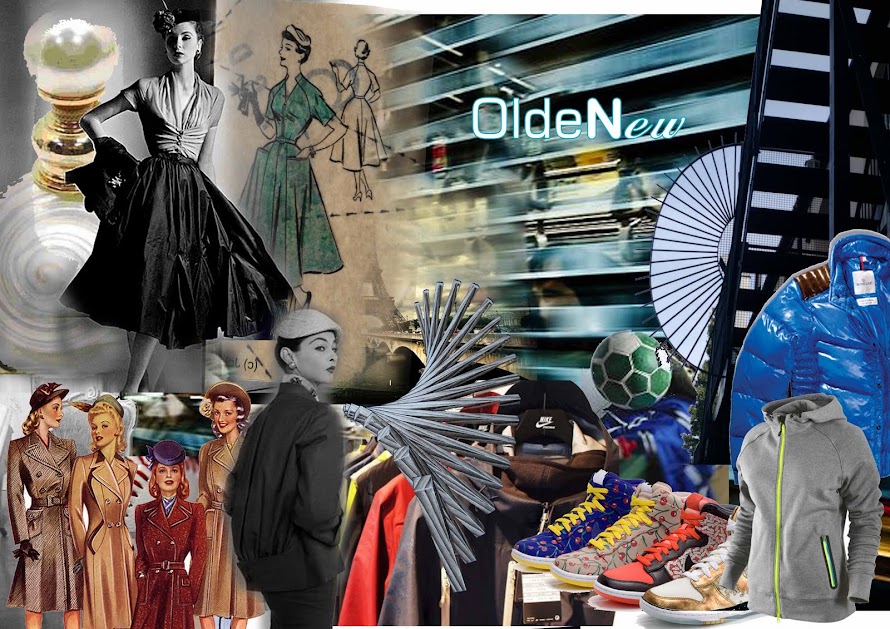
VISCOSE:
Viscose is a form of wood cellulose (wood pulp from trees) that is used in the manufacture of products for the medical industry. Viscose combined with natural and man made fibres can also be formed into a rayon, which is a textile that can also be used for clothes.
How it is made:
The cellulose (wood pulp) is dissolved and then reformed into filaments by chemical and mechanical processes. The filaments are produced via nozzles of various sizes and are can be twisted, stretched or doubled. The variation enables manufactures to produce and develop fabrics of different weight and properties.
Characteristics:
- Viscose has a silky appearance and feel.
- More elasticity than silk.
- It is lightweight and drapes very well.
- Breathable,similar to cotton weaves.
- Good for dyeing.
- However it creases very easily and therefore requires high maintenance.
 SILK
SILK A natural protein fibre.
How it is made:
Silk is obtained from cocoons produced by silk worms.
Characteristics:
- Shimmering and reflective appearance is due to the prism structured fibres.
- Smooth, soft texture but NOT slippery.
- Drapes well.
- One of the strongest natural fibres.
- Elasticity is poor - if stretched,it will remain stretched.
- Can be weakened if exposed to too much sunlight.
- Can shrink - Silk Chiffon can shrink upto 8% if wet. Therefore fabric should be washed prior to contructing garment.
- Resistant to mineral acids but sulphuric acid can dissolve it.
- Good absorbency - comfortable to be worn in warm weather.
- Low conduction keeps warm air near skin in cold weather.
WOOL
Another natural protein fibre frm the follicles of sheep. Other 'wool' may come from goats (cashmere, mohair) and camels.
How it is made:
Wool is shaved off sheep and then cleaned (scoured) either simply emersing it hot water or through chemical processes. Semi-greased wool (cleaned with milder detergents) may be worked into yarn and then used for knitting.
Characteristics:
- Crimped texture.
- Has elasticity.
- Able to retain heat.
- Highly absorbent - upto a third of its own weight.
- Ignites at a higher temperature than cotton - a textile used for firefighters.
- Does not melt, low flame spread and low heat release.
- Resistant to static electricity - does not cling to body.

SILK + WOOL = Drapes well (less flowing than silk and more stable), creates a textured effect, both are insulating, high durability, wool is softened by the silk, less bulky than wool. Excellent for tailored garments.

No comments:
Post a Comment